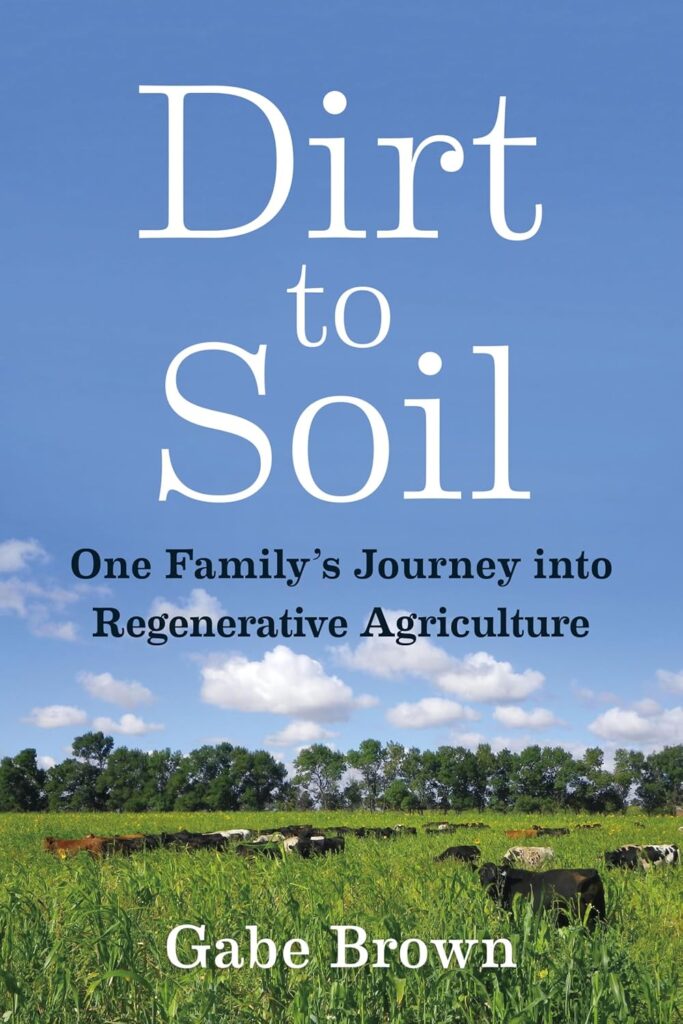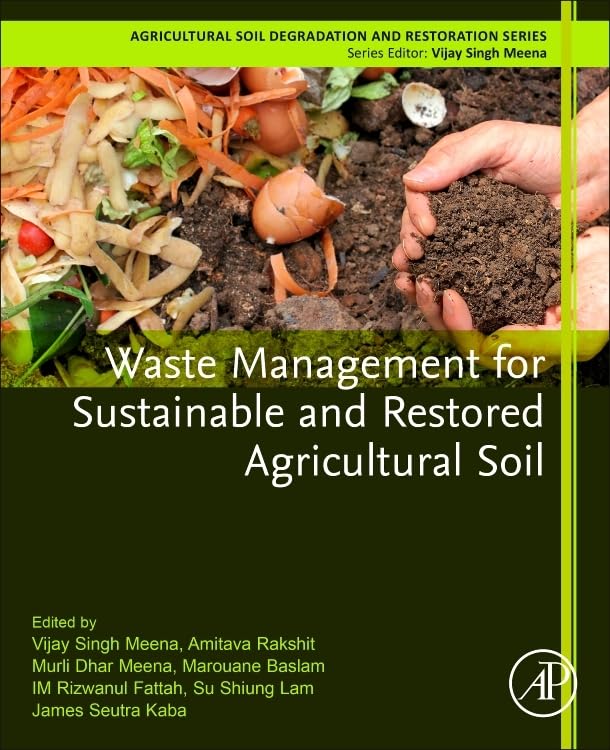Picture this, It’s a sunny morning in rural Kenya, farmers are harvesting maize, milk trucks are humming down dusty roads, and piles of vegetables are being loaded for the urban markets. But behind this scene of abundance lies a quieter reality: waste.
Leftover maize stalks, spoiled tomatoes, animal manure, pesticide containers, and heaps of packaging materials that don’t just disappear, they pile up.
The agricultural sector, which is the backbone of Kenya’s economy, also happens to be one of its biggest generators of waste. Yet, this “waste” could be the very thing that powers the next wave of green innovation and rural prosperity.
Let’s talk about how agriculture can move from “wasteful” to circular, and what it means for farmers, agribusinesses, and the planet. Find more posts on environmental laws and sustainability here.
Table of Contents
What Kind of Waste Does the Agricultural Sector Produce?
Agriculture produces many types of waste, some natural and biodegradable, others chemical or industrial. Understanding these categories helps us know how to manage them sustainably.
1. Crop Residues
These are the leftover parts of crops after harvest; maize stalks, sugarcane bagasse, rice husks, coffee pulp, tea leaves, banana peels, and more. While often burned, they can actually be used for composting, biogas, or even as raw material for bio-packaging.
2. Animal Waste
Livestock farming generates manure, blood, feathers, and bones, all organic, and valuable when turned into biogas or organic fertilizer. However, when poorly managed, animal waste can contaminate rivers and groundwater.
3. Agrochemical Waste
Empty pesticide containers, fertilizer bags, expired chemicals, these are hazardous. They require careful collection, storage, and disposal under NEMA’s hazardous waste guidelines to avoid soil and water pollution.
4. Post-Harvest and Food Processing Waste
From spoiled produce in markets to fruit peels in juice factories and offcuts in abattoirs. Kenya loses up to 30–40% of agricultural produce before it reaches consumers. Most of it can be converted into feed, compost, or biogas instead of ending up in dumps.
5. Plastic and Packaging Waste
Agriculture uses plastics in greenhouses, irrigation pipes, seedling trays, fertilizer bags, and silage wraps. Without proper disposal, these plastics find their way into soils and rivers, disrupting ecosystems.

Why Agricultural Waste Matters
Because it’s all connected. When agricultural waste is burned or dumped, it releases greenhouse gases, pollutes rivers, and reduces soil fertility. But if reused or recycled, it can generate income, energy, and nutrients supporting both environmental health and food security.
Circular agriculture isn’t just about managing waste; it’s about redesigning how we produce and consume food so that nothing goes to waste.
What Does the Law Say in Kenya?
Kenya’s environmental laws provide a strong foundation for sustainable agricultural waste management. Here’s what you should know:
1. Environmental Management and Coordination Act (EMCA, 1999)
This is Kenya’s main environmental law. It requires all agricultural and agro-processing enterprises to manage waste responsibly and apply for NEMA licenses if they generate, transport, or treat waste.
2. Waste Management Regulations, 2006
Under these regulations, agricultural businesses must:
- Segregate waste at the source (organic, plastic, hazardous, etc.)
- Ensure proper storage and handling of hazardous agrochemicals
- Work with licensed waste handlers for collection and disposal
3. Sustainable Waste Management Act, 2022
This Act promotes a circular economy, calling for recovery, recycling, and reuse of agricultural waste. It encourages innovation like turning crop residues into bioenergy or organic fertilizer.
4. Extended Producer Responsibility (EPR) Regulations, 2021
These regulations make producers responsible for what happens to their products after use. That means fertilizer and pesticide manufacturers, greenhouse plastic producers, and agro-packaging companies must ensure their waste is collected and recycled.
5. Pest Control Products Board (PCPB) Guidelines
The PCPB requires farmers and distributors to safely collect and dispose of empty pesticide containers. Burning or burying them is illegal due to toxic contamination risks.

How Agriculture Can Join the Circular Economy
The circular economy in agriculture is about creating closed loops, where what was once waste becomes input for another process. Here’s how we can make that a reality:
1. Composting and Organic Fertilizer Production
Turn crop residues and animal manure into compost instead of burning them. Compost improves soil fertility and reduces dependence on chemical fertilizers.
2. Biogas and Renewable Energy
Manure and organic waste can produce biogas, clean energy for cooking or electricity. Farmers can also use the byproduct (digestate) as fertilizer.
3. Animal Feed Production
Food processing waste like maize bran, fruit pulp, or vegetable trimmings can be dried and processed into affordable livestock feed.
4. Recycling Agro-Plastics
Instead of burning greenhouse films or fertilizer bags, farmers can work with recycling companies that convert them into fencing posts, tiles, or pipes.
5. Agro-Waste Innovation
Entrepreneurs can create value-added products:
- Coconut husks into fiber and ropes
- Banana stems into biodegradable packaging
- Coffee waste into beauty products or fertilizer pellets
6. Agroforestry and Regenerative Farming
Planting trees within farms absorbs carbon, reduces soil erosion, and supports biodiversity, all key aspects of a circular ecosystem.

Why Going Circular in Agriculture Makes Sense
- Reduces costs: Using farm waste as fertilizer or energy saves money.
- Improves soil health: Compost and biochar restore soil fertility naturally.
- Creates jobs: Recycling and agro-innovation create new rural enterprises.
- Protects the environment: Less pollution, better climate resilience.
- Boosts compliance: Farmers and processors stay aligned with NEMA and EPR requirements.
The Future of Agriculture in Kenya
Kenya’s Vision 2030 and theSustainabl e Waste Management Act (2021) envision a future where agriculture supports both livelihoods and the environment. That means zero waste farming, circular food systems, and cleaner production at every stage, from the soil to the supermarket shelf.
With climate change affecting yields and global demand rising for sustainably produced food, embracing circular agriculture is not just an environmental goal, it’s an economic opportunity.
Let’s Build a Greener Agricultural Future, Together
If you’re in the agriculture or agribusiness sector and want to:
- Develop a waste management plan for your farm or processing plant,
- Comply with NEMA and EMCA regulations,
- Turn waste into value through composting, recycling, or biogas, or
- Integrate circular economy principles into your agricultural operations…
Let’s work together.
Email valeriekinoti@gmail.com for environmental consulting, circular economy strategy, or sustainable agriculture planning.

